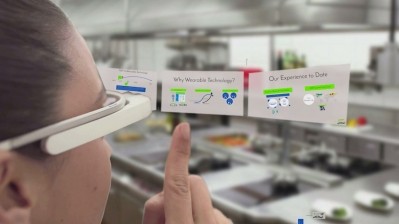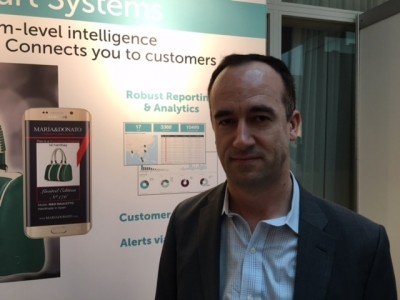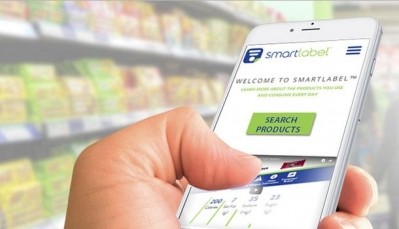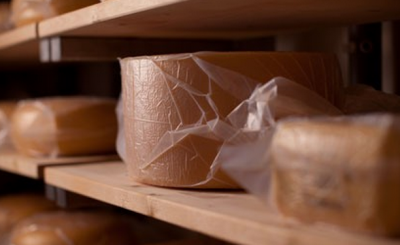Scientists create printed transistors for interactive smart food labels
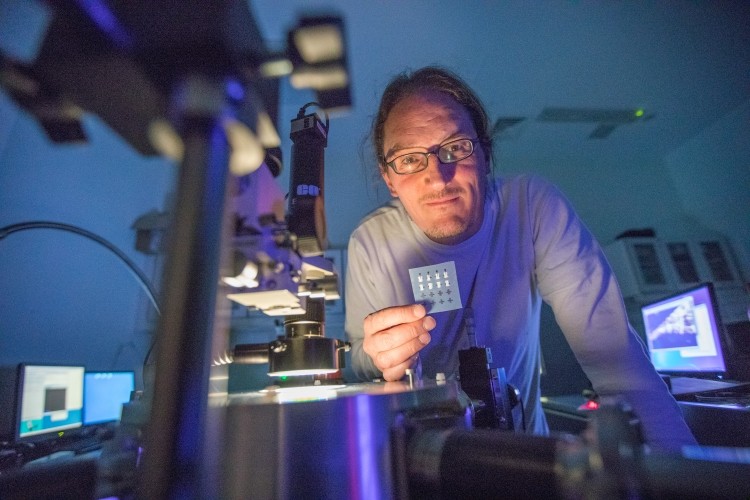
The ‘nanocomputers’ could unlock the potential for smart food labels such as packaging that displays a digital countdown to warn people when their milk is about to go off, or wine labels that alert consumers when their white wine is at its optimum temperature, or a window pane that shows the day’s forecast.
Printable inks
Dr Jonathan Coleman, head researcher on the project said printable electronics have been developed over the last 30 years based mainly on printable carbon-based molecules but while these molecules can be turned into printable inks, the materials are unstable and have performance limitations.
“In the future, printed devices will be incorporated into even the most mundane objects such as labels, posters and packaging. Printed electronic circuitry (constructed from the devices we have created) will allow consumer products to gather, process, display and transmit information: for example, milk cartons could send messages to your phone warning that the milk is about to go out-of-date,” he said.
The circuits could set a precedent for more flexible and cheaper electronics made from materials such as graphene, phosphorene and molybdenite, and the team believe there is a wide scope to improve performance beyond the current printed transistors.
The findings from AMBER have been published in the journal Science.
“We believe 2D nanomaterials can compete with materials currently used for printed electronics. Compared to other materials employed in this field, our 2D nanomaterials have the capability to yield more cost effective and higher performance printed devices. However, while the last decade has underlined the potential of 2D materials for a range of electronic applications, only the first steps have been taken to demonstrate their worth in printed electronics,” added Coleman.
Team collaboration
“We felt it was critically important to focus on printing transistors as they are the electric switches at the heart of modern computing. We believe this work opens the way to print a whole host of devices solely from 2D nanosheets.”
The research was carried out in collaboration with the groups of Professor Georg Duesberg (AMBER) and Professor Laurens Siebbeles (TU Delft, Netherlands).
The team used standard printing techniques to combine graphene nanosheets as the electrodes with two other nanomaterials - tungsten diselenide and boron nitride - as the channel and separator (two important parts of a transistor) to form an all-printed, all-nanosheet, working transistor.
The ability to print 2D nanomaterials is based on Dr Coleman’s scalable method of producing 2D nanomaterials, including graphene, boron nitride, and tungsten diselenide nanosheets, in liquids - a method he has licensed to Samsung and Thomas Swan. These nanosheets are flat nanoparticles that are a few nanometres thick but hundreds of nanometres wide.
Nanosheets made from different materials have electronic properties that can be conducting, insulating or semiconducting and so include all the building blocks of electronics.
Liquid processing is advantageous in that it yields large quantities of high quality 2D materials in a form that is easy to process into inks.
Dr Coleman is a partner in Graphene flagship, a €1bn ($1.09bn) EU initiative to boost new technologies and innovation during the next 10 years.
